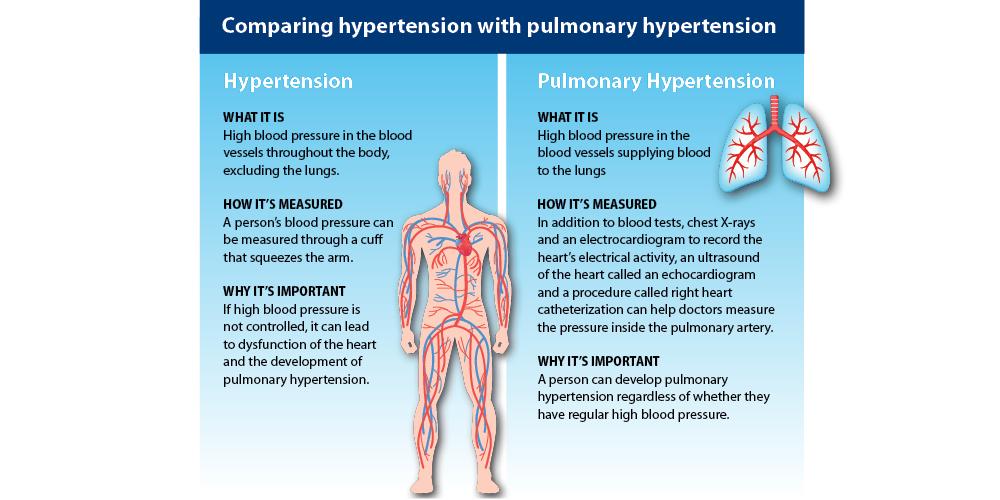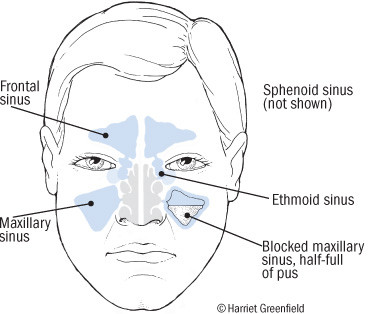Neck pain is a common ailment that can arise from various causes. Some neck pain symptoms, however, may indicate a more serious condition and require immediate medical attention. For instance, a cervical artery dissection presents as unusual, persistent neck pain, often accompanied by a severe headache. The pain from a carotid artery tear can spread along the neck and up toward the eye, while a vertebral artery tear might feel like a sharp object is stuck at the base of the skull.

Thoracic Outlet Syndrome (TOS) is another condition that can cause pain and discomfort in the neck, shoulders, and arms. TOS symptoms include swelling, a pins and needles sensation, and discomfort in the chest, neck, head, and ears. This syndrome results from pressure or compression on nerves or blood vessels in the thoracic outlet.
Temporomandibular Disorders (TMD) can also lead to neck pain. Common TMD symptoms include jaw discomfort, headaches, pain behind the eyes, face, shoulder, neck, or back, earaches, ringing in the ears, and jaw clicking or popping. These symptoms are most pronounced in the morning or late afternoon.
In some cases, neck pain can be a sign of a serious condition, such as bacterial meningitis, which presents with fever, headache, and neck stiffness. Pain traveling down one arm, especially if accompanied by weakness, numbness, or tingling, might indicate a herniated cervical disc.
To manage mild neck pain, it is recommended to start with rest, ice, heat, and then progress to gentle stretching and strengthening exercises. It’s also important to maintain good posture to prevent future neck pain.
Structural problems like arthritis or degenerated discs often cause neck pain. However, strains in the neck muscles, often triggered by daily routines, are also a common cause.
Conditions like Eustachian tube dysfunction and ear injuries can also contribute to neck pain. The Eustachian tube, which connects the middle ear to the back of the nose, can become blocked, leading to pressure issues and discomfort. Ear injuries, whether from trauma, hearing loss, or facial paralysis, can also manifest as neck pain.
For more information on these conditions, visit Harvard Health, University of Rochester Medical Center, University of Rochester Medical Center, Harvard Health, Harvard Health, and Stanford Otolaryngology.


